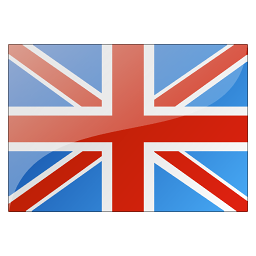



Panamá Province has a rich history of pirates, plunder and pearls. Although it's the most populous province in the country, Panamá can be as big or as small as you want it to be. Tranquil rainforests and sizzling beaches are yours to explore, and the comforts of the capital are never more than an hour away.

Among Central America's top surf spots, Santa Catalina is still somewhat remote with limited development and home to some seriously wicked surf. Life here is pretty tranquil, in a fishing village where skateboards rip down main street and kids go barefoot but clothing is required to walk to and from the beach. Most non-surfers discover the area as the main springboard for day and overnight trips to Isla de Coiba and its national park, where there's outstanding scuba diving and snorkeling.

Chiriquí claims to have it all: Panama’s tallest mountains, longest rivers and most fertile valleys. The province is also home to spectacular highland rainforests and the most productive agricultural and cattle-ranching regions in the country. As a result, los chiricanos (natives of Chiriquí) take particular pride in their province and wave the provincial flag – in every sense – at the slightest opportunity.

Coclé is known to Panamanians as the land of salt, sugar and presidents. More salt has been reclaimed from the sea, more sugar refined and more Panamanian presidents born here than in any other province. These facts are the source of great civic pride, but Coclé offers a lot more than table condiments and political legacies.

For most travelers, the archipelago is Bocas del Toro. Caribbean clichés aside, there’s no shortage of postcard-pretty beaches, emerald waters and swaying palms, and scads of things to see and do.

David is Panama’s second-largest city and the capital of Chiriquí Province. It's more a center of agricultural industry than a cultural hub. Yet with foreign capital flowing into Chiriquí, David is rapidly gaining wealth and importance, and is poised to boom.

One of the most cosmopolitan capitals in Central America, Panama City is both a vibrant metropolis and a gateway to incredible tropical escapes.

Cherished as Panama's cultural heart and soul, the Península de Azuero is a farming and ranching hub. The area's rolling hills are matched by a long and lovely coastline. Over time the peninsula has seen stark transformations – from verdant rainforest to cattle country, from indigenous land to Spanish stronghold and, finally, from a quiet town to surf central and one of Panama’s travel hot spots.

With its Caribbean islands dotting a shock of blue waters, Bocas del Toro is all that's tropical. This is Panama’s principal tourist draw and it will no doubt provide some of your most memorable experiences. The archipelago consists of six densely forested islands, scores of uninhabited islets and the Parque Nacional Marino Isla Bastimentos, Panama’s oldest marine park.

The highland rainforests are the heart of Chiriquí Province. From the rugged mountains of Parque Internacional La Amistad and the misty hills of Boquete to the continental divide traversing the cordillera (mountain range), this is probably the only spot in Panama where you might need a sweater. While Panamanians relish the chill, you’ll appreciate the astounding natural beauty throughout the region.